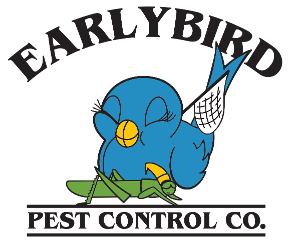Infestation of bees, and thus beehives, can be removed if appropriate means are put in place before carrying out the prices. Small infestation can be taken out personally, but for a bigger infestation the services of a professionally trained expert is proposed for bee removal.
Bees live in colonies and they span from little stainless bees to big leaf-cutter bees. Hence, it is very important to be aware of the type of bees you are removing before going ahead with the removal process. Most times, beekeepers move the bees immediately they remove the hives to unnatural hives that is being referred to as “cut-outs”.
If you come across a swarm of bees close to your home, you may be thinking about how to destroy the beehive. But before you swing into action against these insects, you should be aware that bees somehow are effective pollinators. A huge amount of the fruits and veggies we consume are made effective through these insects, especially honey bees. The U.S Environmental Protection Agency (EPA) and other firms working to put a stop to global decrease in honey bee are not in support with the outright killing of bees.
In order not to get hurt when removing a beehive, it is important to put on thick long sleeve outfits, tuck your pants inside your boots, safety goggles to safeguard your eyes, a face mask to keep your face protected, a scarf and hat. So, what do you do if you come across beehives around your home? Here are few steps to take to safely removing a beehive;
Tips to safely remove a Beehive
- Spot and Spray the Hive
The perfect time to carry out this process is after sunset, because bees become inactive during this time. Get a red flashlight or a light that has a red cover, because bees do not see with this type of light. Once you have identified the hive, spray your pesticide inside it. Ensure you keep your distance to avoid getting stung from bees that may be trying to escape.
- Poison the Beehive
When you are done spraying the hive, place insect poison inside of it and wait for about one hour. Make sure you read the instructions on the pack of the poison to ensure that you use the correct amount in order to attain the desired results you want.
- Spray the Beehive Again and Apply Flame to it
After waiting for an hour, if you still see movements, then you can spray the pesticide again and wait for 30 minutes for it to reduce. It is crucial to give the poison enough time to get effective. Once you’re done with that, cut the hive from the structure, and throw it in a fire that is big enough to eliminate it on time. You can either set a fire in a barrel or pit.
- Clean the area properly
Clean the part where the beehive was and clear out any proof of a re-existing nest. This will make sure no swarm of bees create a hive later on. Do not forget to take out the dead bees, if not they might attract other bees. Sterilize the area to avoid development of pathogens. If not, they can cause more issues like infections.
Conclusion
Beehives can be seen on trees, walls of our houses and other hanging parts of the house. The steps above can be used in different situations, but you may need a hammer to fix the parts of your wall that might get broken.
If you follow these steps, you will also be able to reduce the risk of being stung, and also make sure that there won’t be more bees around your home. It is worthy to note that these bee removal steps are to mostly destroy little beehives. Hence, it is necessary to ask for help if the beehive you want to remove is bigger.
Schedule a Consultation for Weed Removal
More Tips for Homeowners:
-
- 4 Signs You Have Bed Bugs
- How to Get Rid of Cockroaches
- How to Get Rid of Rats
- How Do I Know if I Have a Scorpion Infestation?
- How Do I Know if I Have a Bee or Wasp Nest in My House?
- How Do You Know if You Have Mice or Rats?
- Do I Need a Professional to Remove Tarantulas?
- 5 Ways to Keep Pests out of the Office
- How Ants Ruin your Home
- Can Pests Destroy Stucco?
- Pros and Cons of a Stucco Home
- Does Arizona Have a Cockroach Problem?


Recent Comments